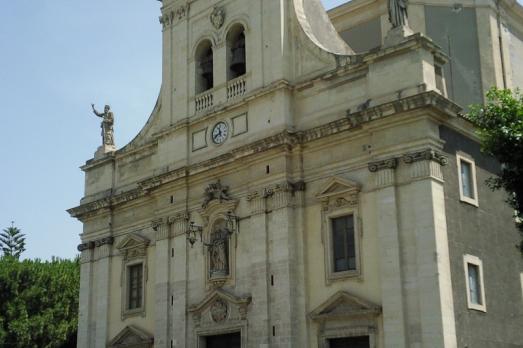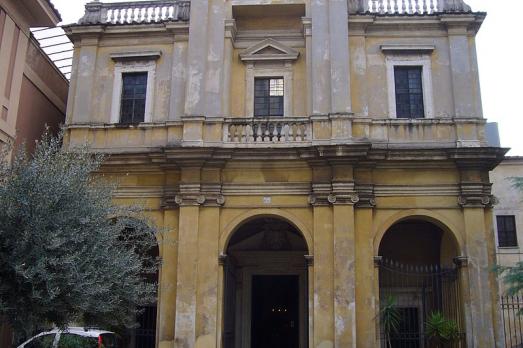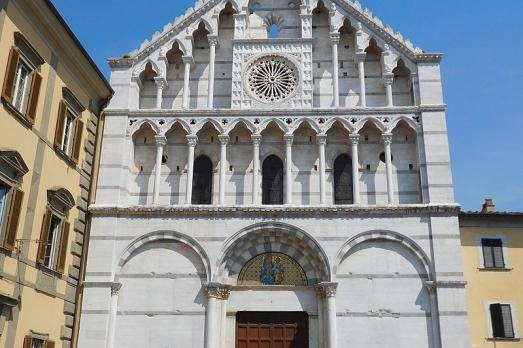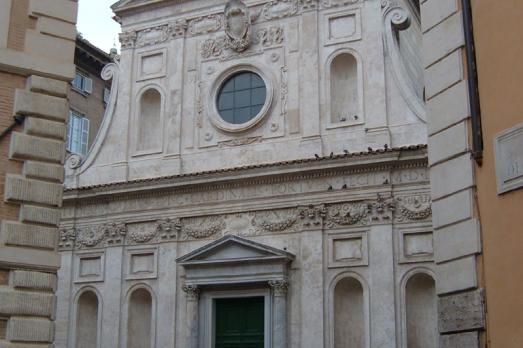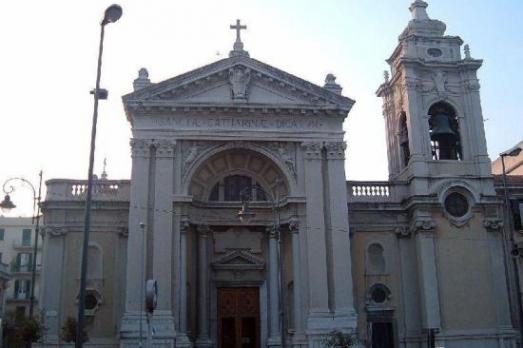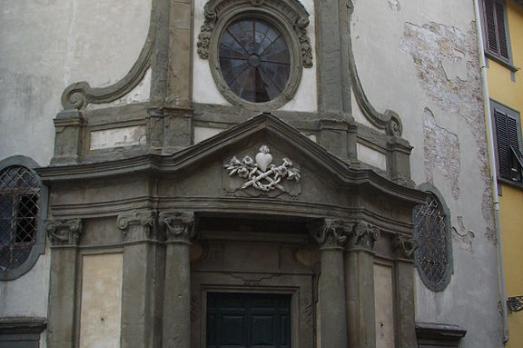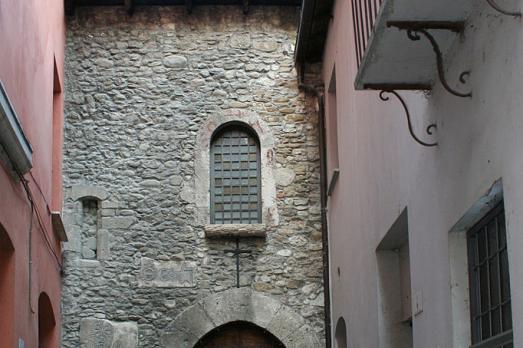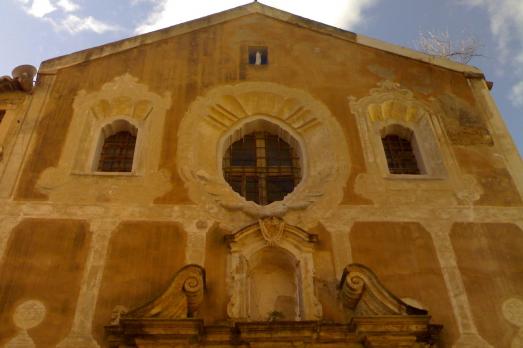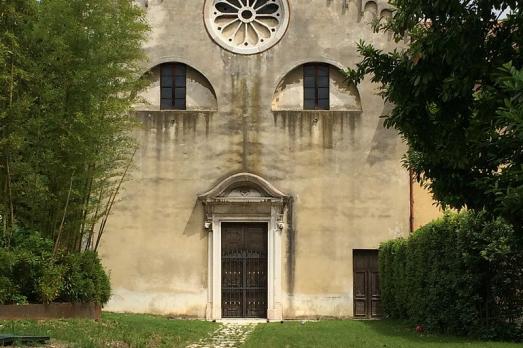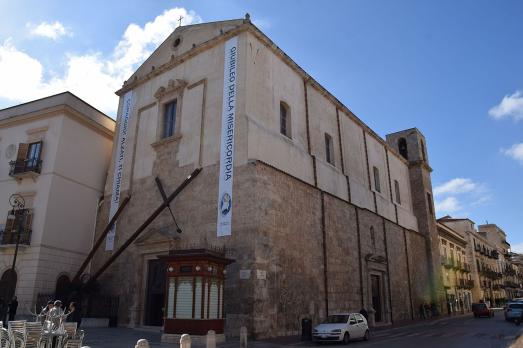
Chiesa di Sant'Oliva
Alcamo, IT
The church of Sant'Oliva dates from 1533. Originally, the church was divided into three naves in Catalan Gothic style. In 1724, the church was rebuilt in its present form, with a longitudinal plan and a single nave, based on the project of the Trapani architect Giovanni Biagio Amico. On the night of 7/8 August 1987, a fire broke out in the church, destroying the ceiling, which was rebuilt after a few years thanks to the activity of the Superintendence of Cultural Goods for Sicily.
